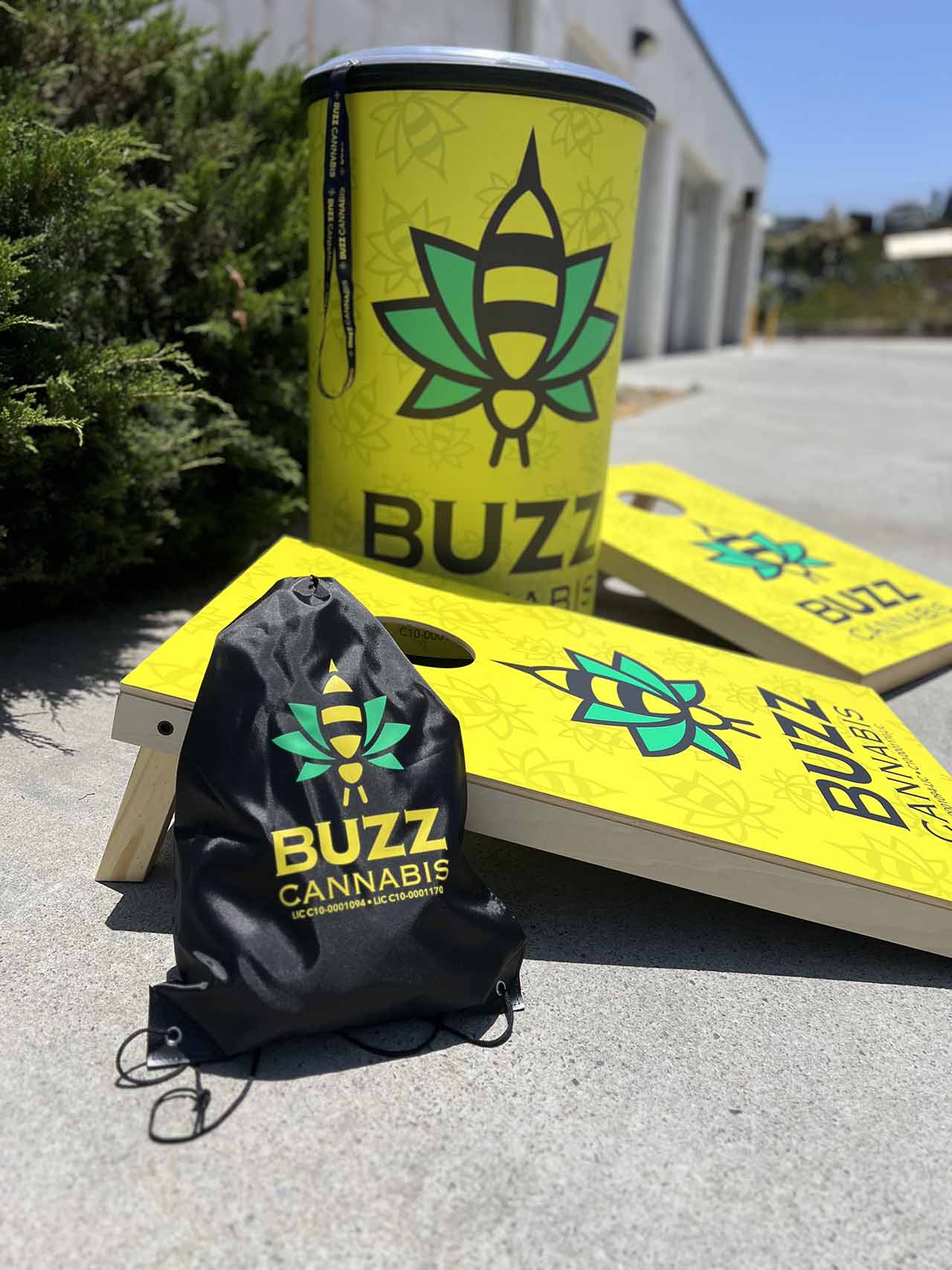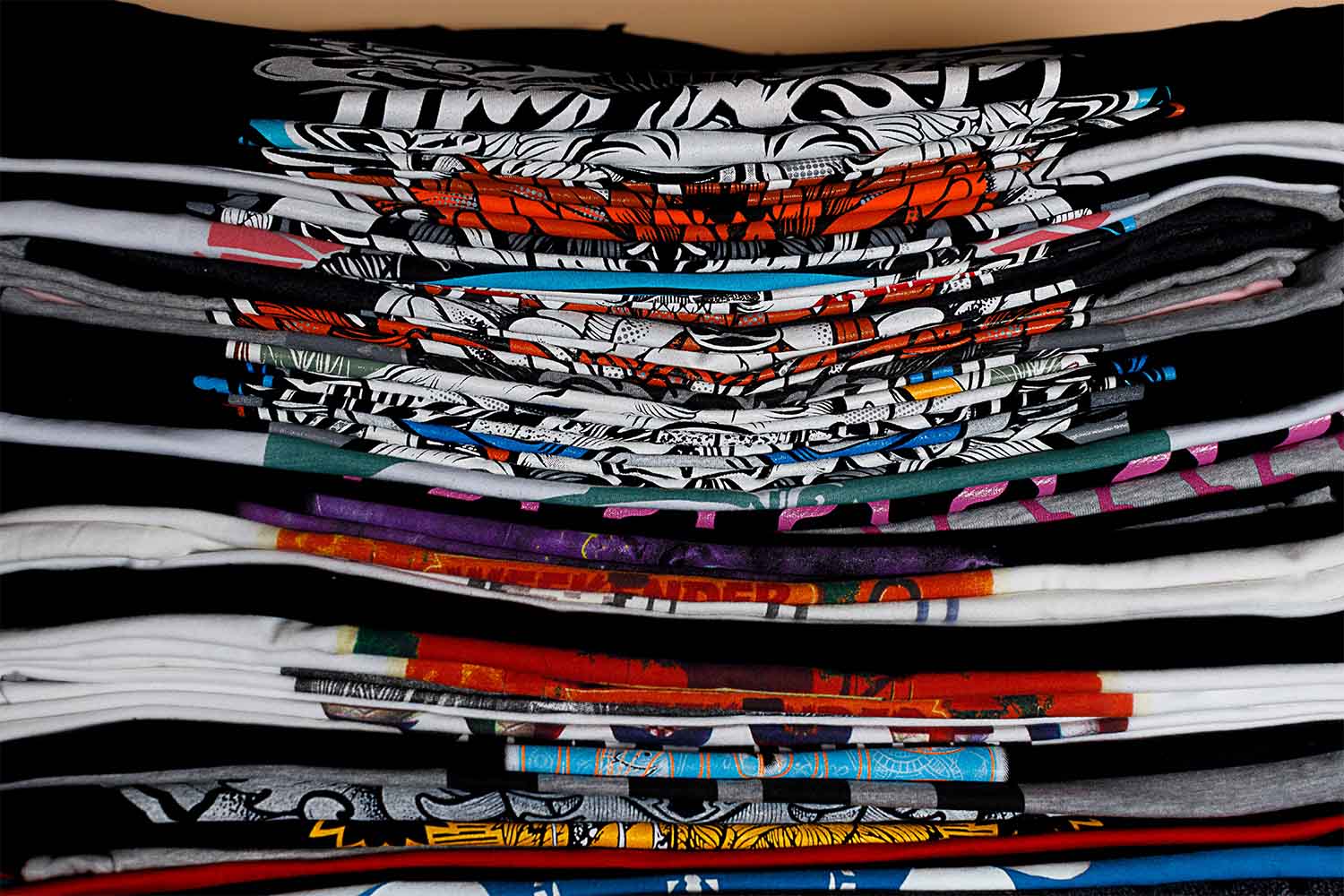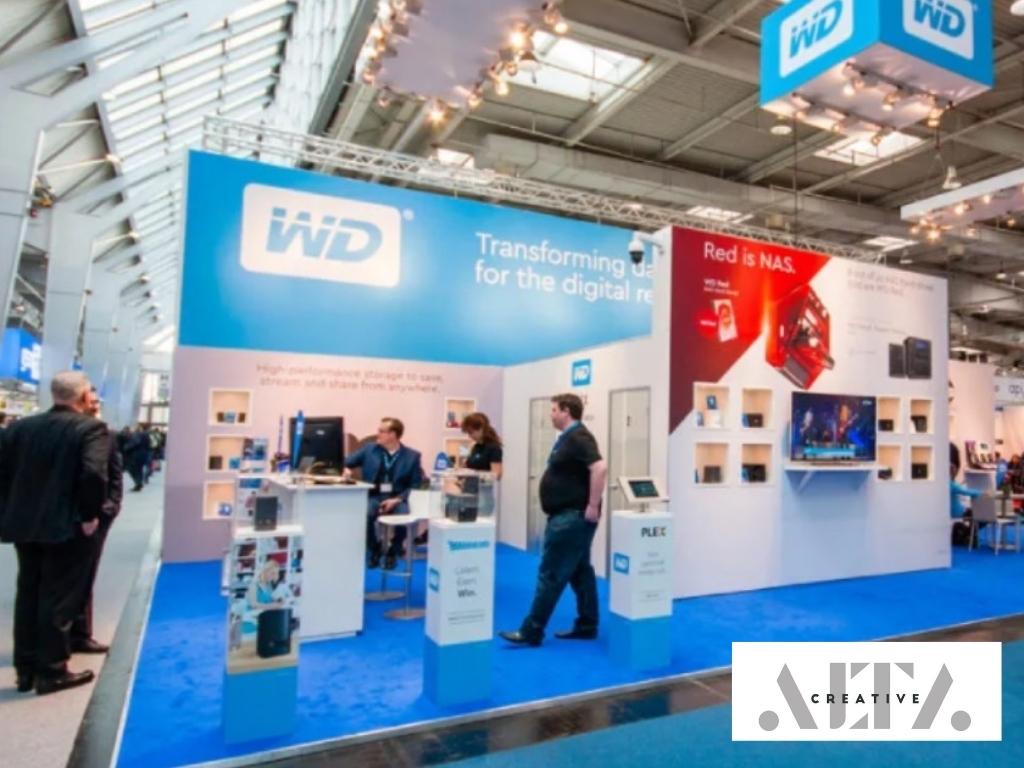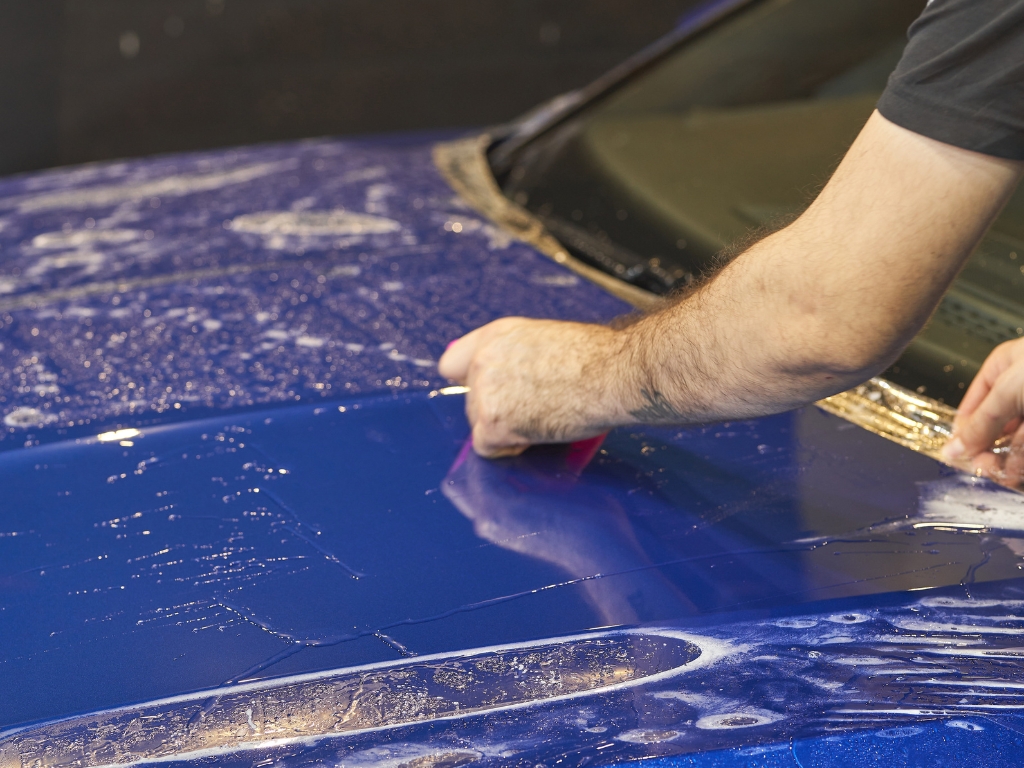Commercial wall wraps are an effective and innovative way to transform the appearance of a building, promote a brand or message, and create a lasting impression on clients and customers. As businesses compete for attention in an increasingly crowded marketplace, well-executed custom wall decals can provide a significant advantage by generating increased brand recognition and visibility.
In addition to their aesthetic and promotional benefits, commercial wall wraps can also offer practical advantages. They can protect building surfaces from weathering, graffiti, and other damage, while also providing an opportunity to refresh a building’s appearance without the need for expensive and time-consuming renovations.
With a combination of creativity, high-quality materials, and the right installation techniques, you can turn your business’s exterior into a striking visual display that captures the interest of passersby and leaves a lasting impression.
This article will discuss how to make the most of your commercial wall wrap project by focusing on planning, design, material selection, installation, maintenance and care, regulations and permits, and measuring success.
1. Planning
A successful wall wrap project begins with careful planning. Here are some key factors to consider:
-
Goals
Determine the main objective of your wall wrap project. Are you trying to promote a product, increase brand awareness, or simply enhance the appearance of your building? Clearly defining your goals will help guide the design and installation process, ensuring that your wall wrap effectively communicates your message and aligns with your brand identity.
-
Budget
Establish a budget for your project, taking into account factors like material costs, design fees, and installation expenses. Being upfront about your budget will help your designer and installer provide the best possible service within your constraints, while also preventing unexpected costs and delays. Remember to allocate funds for ongoing maintenance and potential repairs, as these can impact the longevity and effectiveness of your custom wall decals.
-
Timeline
Set a realistic timeline for your project, considering factors like design revisions, permitting (if necessary), and installation schedules. Make sure to build in some extra time for potential delays, such as inclement weather or unforeseen challenges during installation. A well-planned timeline will help ensure a smooth process and minimize disruptions to your business operations.
2. Design
An eye-catching design is crucial for a successful wall wrap. To create a design that effectively communicates your message and aligns with your brand, follow these tips:
-
Hire A Professional Designer
Working with an experienced graphic designer will help ensure your wall wrap design is both visually appealing and effective in conveying your message. A skilled designer will also be familiar with the technical requirements of wall wrap design, such as appropriate image resolutions and file formats, which can impact the quality of the final product.
-
Keep It Simple
Less is more when it comes to wall wrap design. Overly complicated designs can be difficult to read and understand from a distance. Stick to a clear and concise message that is easy to comprehend, and focus on using bold colors and high-contrast elements to make your design stand out.
-
Use High-resolution Images
To ensure your wall wrap looks sharp and professional, always use high-resolution images and vector graphics. Low-resolution images can appear pixelated or blurry when enlarged, detracting from the overall impact of your wall wrap.
-
Consider The Environment
Take into account the surrounding area, architecture, and other environmental factors when designing your wall wrap. The design should complement its surroundings while still standing out. For example, if your building is located in a historic district, you might opt for a design that incorporates elements of the local architectural style.
3. Material Selection
The choice of material can greatly impact the durability, appearance, and overall success of your wall wrap project. Here are some popular materials and their benefits:
-
Vinyl
Vinyl is the most common material used for wall wraps due to its durability, versatility, and cost-effectiveness. High-quality cast vinyl is recommended for long-lasting, high-impact wraps, while calendared vinyl may be a more budget-friendly option for short-term projects. Be sure to consider factors such as UV resistance and adhesive strength when selecting a vinyl material.
-
Fabric
Fabric wall wraps are an eco-friendly alternative that offers a unique texture and appearance. They are often made from recycled materials and can be used both indoors and outdoors. Fabric wraps can also be more easily removed and replaced than vinyl, making them a good option for businesses that frequently update their messaging or promotions.
-
Perforated Window Film
This material is ideal for window areas, as it allows light to pass through while still displaying your design. It offers a balance between visibility and privacy, and can be a useful solution for businesses that want to maintain natural light while also utilizing window space for advertising.
4. Installation
Hiring a professional installer with experience in commercial wall wraps is crucial for a successful project. A skilled installer will ensure the wrap is applied seamlessly and securely, avoiding bubbles, wrinkles, or peeling. Here are some tips for a smooth installation process:
-
Schedule A Site Visit
A site visit allows your installer to assess the building’s surface, identify any potential challenges, and take accurate measurements for the wall wrap. This step is essential for ensuring proper sizing and fit, as well as identifying any surface irregularities that may need to be addressed before installation.
-
Prepare The Surface
Ensure the wall is clean, dry, and free of any defects before installation. This will help the wrap adhere properly and prevent future issues. Repair any cracks, holes, or other surface imperfections, and remove dirt, dust, and grease using appropriate cleaning methods. A properly prepared surface is key to a successful and long-lasting wall wrap installation.
-
Monitor Weather Conditions
Ideal installation conditions are crucial for a successful wall wrap. Avoid installing during extreme temperatures, high winds, or heavy precipitation, as these factors can impact the adhesive bond and overall appearance of the custom wall decals. Work with your installer to schedule installation during optimal weather conditions.
5. Maintenance And Care
Proper maintenance and care of your commercial wall wrap will prolong its lifespan and ensure it continues to look its best. Follow these guidelines to keep your wall wrap in top condition:
-
Clean Regularly
Gently clean your wall wrap using a non-abrasive cloth or sponge and a mild soap and water solution. Avoid using harsh chemicals or high-pressure washing, as these can damage the wrap. Regular cleaning will help prevent the buildup of dirt and grime, which can detract from the appearance and effectiveness of your wall wrap.
-
Inspect For Damage
Regularly inspect your wall wrap for signs of wear, tear, or peeling. Address any issues promptly to prevent further damage. If a section of the wrap becomes damaged, consult with your installer to determine the best course of action. In some cases, it may be possible to replace a specific panel or section without replacing the entire wrap.
-
Protect From UV Exposure
While most wall wrap materials are UV-resistant, prolonged exposure to direct sunlight can cause fading. If possible, consider installing shade structures or applying UV-blocking window film to protect your wrap. This will help maintain the vibrancy of your design and extend the life of your wall wrap.
6. Regulations And Permits
Before embarking on a commercial wall wrap project, it is essential to be aware of local regulations and permit requirements. These may vary depending on your location and the nature of your project. Follow these steps to ensure compliance:
-
Research Local Codes
Familiarize yourself with local building codes and signage regulations to avoid potential fines or the need to remove your wrap. Some jurisdictions may have restrictions on the size, placement, or content of wall wraps, so it’s important to be aware of these limitations before beginning your project.
-
Obtain Necessary Permits
If your project requires permits, be sure to apply for them well in advance of your installation date. Permit application processes can vary in length and complexity, so it’s essential to plan ahead to avoid delays.
-
Consult With Property Owners Or Managers
If you are leasing your commercial space, consult with the property owner or manager to ensure your wall wrap project aligns with their guidelines. In some cases, property owners may have specific requirements or restrictions related to signage or building modifications.
7. Measuring Success
To gauge the success of your commercial wall wrap project, it is essential to establish measurable goals and evaluate the impact of your wrap on your business. Consider the following methods for measuring success:
-
Track Key Performance Indicators (KPIs)
Identify and track KPIs related to your wall wrap project, such as increased foot traffic, website visits, or sales. Monitoring these metrics can help you quantify the impact of your wall wrap and guide future marketing decisions.
-
Conduct Surveys
Gather feedback from customers, clients, and employees to assess the effectiveness and appeal of your wall wrap. Collecting and analyzing this data can provide valuable insights into areas for improvement or adjustment, as well as help you better understand the preferences and perceptions of your target audience.
-
Analyze Social Media Engagement
Monitor social media platforms for mentions, shares, and photos of your wall wrap to gauge its impact on brand awareness and engagement. Positive engagement and interactions can signal that your wall wrap is resonating with your audience and generating buzz.
-
Compare Pre- And Post-installation Data
Analyze data from before and after your wall wrap installation to measure its impact. For example, you might compare foot traffic, sales, or online engagement metrics to assess the effectiveness of your wall wrap in driving your desired outcomes.
Conclusion
A well-executed commercial wall wrap project from Alta Creative can have a profound impact on your business, offering a multitude of benefits that include increased brand visibility, enhanced aesthetics, and protection for your building’s exterior. By carefully planning each stage of the project, you can create a visually stunning and impactful wall wrap that captures attention and drives results.
By taking a comprehensive approach to your commercial wall wrap project, you can maximize its impact, drive meaningful results for your business, and create a lasting impression on clients and customers for years to come.








